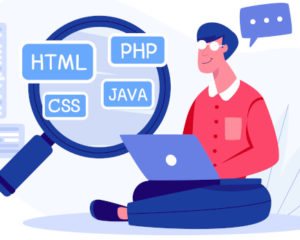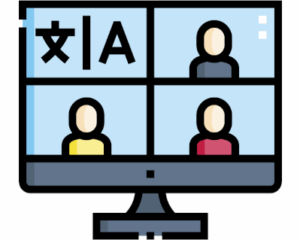Our popular series on the best free and open source Linux software, hardware, programming, Android, and much more.
Read more
The Linux Portal Site

Our popular series on the best free and open source Linux software, hardware, programming, Android, and much more.
Read more
A huge compilation of the best free books and tutorials to learn a huge range of programming languages. There are also free Linux books.
Read more
What you need is a curated list of programming tutorials. Better than that. A curated list of free and open source programming tutorials.
Read more
What you need is a curated list of programming books. Better than that. A curated list of the best free programming books.
Read more
Here’s our recommended free tutorials to learn a variety of programming languages. Learn C, C++, Java, Python, R, JavaScript, PHP, and many more.
Read more
Gameeky lets young learners and educators create and explore cooperative games and learning experiences.
Read more
Pluto is a simple, reactive programming environment for the Julia Language.
Read more
Kurento Media Server is responsible for media transmission, processing, loading and recording. It supports networked streaming protocols.
Read more
microStudio is a free, open source game engine online. It is also a platform to learn and practise programming.
Read more
Elixir WebRTC is an implementation of the W3C WebRTC API in the Elixir programming language.
Read more